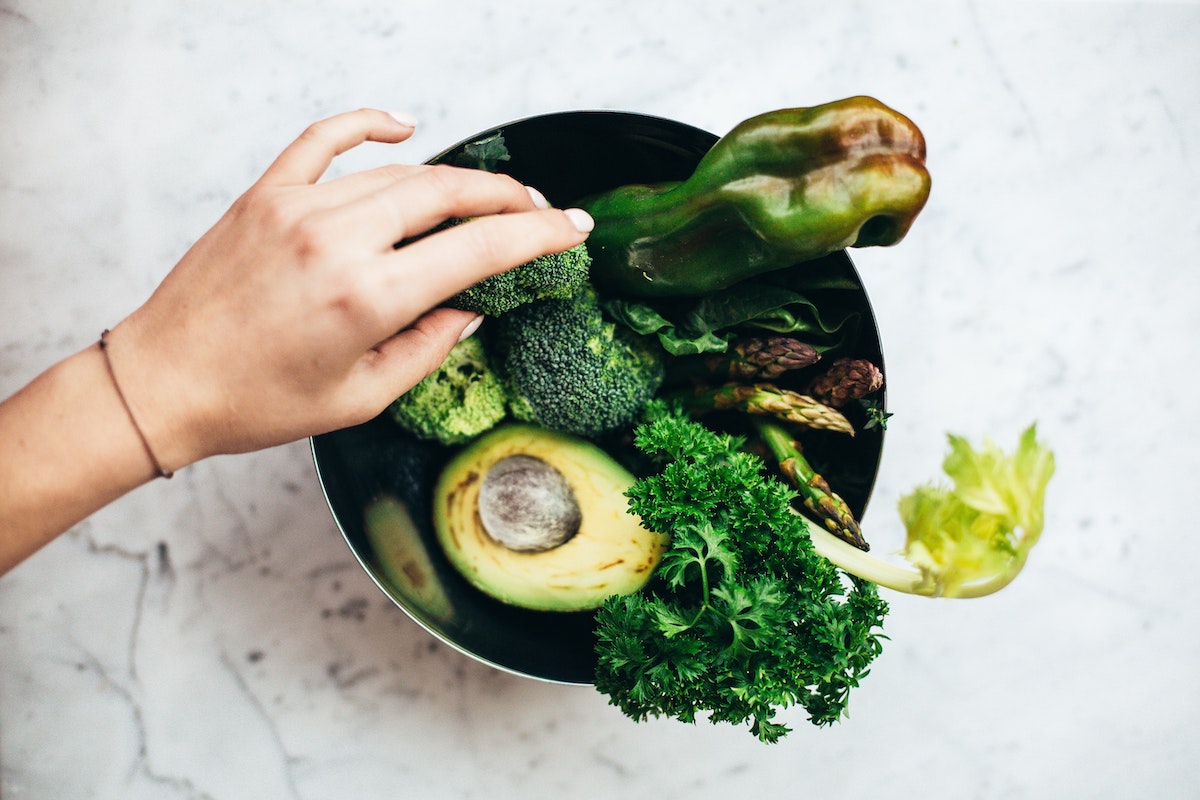If you’ve been drooling over meal prep boards on Pinterest or going googly-eyed over beautiful cooking videos on Instagram, you might have heard people talking about a strategy called batch cooking.
Batch cooking helps you save a ton of time in the kitchen and still eat healthy, whole food meals all week long.
Isn’t Batch Cooking the Same as Meal Prep?
You might be wondering if batch cooking is different from meal prep. It sure is.
Here’s why:
Meal prepping is the practice of cooking many recipes, usually in one day, all the way through to near completion. For many people, this means they eat the same thing for four or five days in a row.
I don’t know about you, but that sounds like a form of torture to me. Food brings us such pleasure and joy when we add variety. It is, after all, the spice of life.
Unlike meal prepping, batch cooking aims to infuse your weekly meals with more diversity. Batch cooking involves cooking a large volume of separate ingredients to use later in different combinations.
Rice is an excellent example of batch-friendly food.
Say you want to incorporate rice into several of your meals during the week. Rather than spend 30 minutes every evening making rice, you can make a large batch of rice on Monday and have enough to cover you for several meals.
#batchcookingforthewin
If you play your cards right, batch cooking should reduce the overall effort you spend in the kitchen throughout the week.
Easy & Fun Batch Cooking With the ABC’s
If you’re ready to save precious time in the kitchen and have more fun creating deliciously healthy food, all you need is your ABC’s.
Here’s how it works:
The ABC’s of batch cooking stand for adjust, basic, containers.
1. Adjust
Step 1 is all about adjusting your shopping to fit your needs for the week. Before you head out to the grocery store, take a good look at your calendar. Figure out how many meals you think you’ll be eating at home, and also how many people will be eating with you.
Once you know how many meals you’ll need to prepare and how many people will be joining you, you’ll be able to ADJUST your weekly pantry staples list to fit your needs.
What’s on the list?
Some foods naturally lend themselves to easy batch cooking. Popular ingredients include:
- veggies
- grains
- legumes
- sweet potatoes
- greens
- winter/summer squash
- herbs
- mushrooms
- essentials like onion and garlic
We want to keep things fresh, so when you’re batch cooking, you should only purchase the amount of fresh produce you can realistically consume within three to four days.
Yes, that may mean two trips to your local market each week, but that’s just to replenish your supply of delicate fresh veggies like greens, berries, and avocados.
Don’t get too hung up planning out how many trips to the store you’ll take. All you need to remember for now is to adjust the amount of batch cooking you do each week based on how many meals you plan to prepare at home.
Simple!
2. Basic
Batch cooking is all about preparing food in a BASIC way. Salt and pepper is all you need, and maybe a little healthy cooking oil if you include that in your diet.
Keeping seasonings simple allows you to combine different starches, vegetables, and proteins throughout the week to create new and exciting flavor profiles.
Cooking for a family usually means trying to please lots of different taste preferences. If you keep your core meal ingredients simple and basic, you can have a lot of fun adding flavors later with sauces and condiments. This way, each family member gets to customize their plate to fit their particular palate.
Simple is key here—cook a big batch of quinoa, brown, black, wild, or cauliflower rice. Oven-roast a batch of delicious in-season veggies, or make a big pot of black beans.
Simple ingredients can be combined in different ways to create radically different meals.
Not convinced?
Here’s an example:
Basic Ingredients:
- Sweet potato halves
- Roasted veggies
- Cooked grain – rice or quinoa
- Mixed Greens
- Collard Greens
Meal 1: Sweet Potato Burritos
Warm sweet potato, veggies, and cooked grains. Layer warmed ingredients on collard greens and top with mixed greens, salsa, and avocado. Roll into a tight burrito.
Meal 2: Garden Goddess Power Salad
Add all ingredients into a bowl and drizzle with salad dressing.
See? Same ingredients, two completely different meals.
Resist the urge to create specific flavor profiles, or add spices to your basic ingredients. You can always turn plain rice into Spanish rice, but you can’t un-Spanish rice to make it plain again.
Unless you find it therapeutic to cook through a different recipe each day, basic batch cooking is absolutely the way to go! You’ll be delighted by the time you save, both in the cooking process and in the planning process.
3. Containers
We’ve all admired those images of ultra-organized refrigerators and wondered what it would be like to come home to a fully stocked and prepped kitchen, right?
Well, guess what? You can!
It’s all about buying the right food storage containers.
Having the right container sizes on hand makes organizing your ingredients a breeze.
And what if you make too much food?
Freeze it!
Rice freezes beautifully, as does soup. You can intentionally make more food than you need and freeze it to save time during your next batch of cooking.
Keep a variety of containers on hand so you can store or freeze leftover veggies and other odds and ends for later.
But watch out! Not all containers are created equal.
Some containers are better than others. Look for food storage containers that are:
- clear—quickly identify foods in the fridge
- square or rectangle—maximize storage space
- glass—eco-friendly and non-toxic
- snap-top lids—secure and spill-resistant
It may be a little of an investment up front, but you can almost always find these containers at discount home stores, thrift shops, or wholesalers in a big box set.
Another factor to consider is size. A family of four will find the most value in pint or quart-sized containers. Anything bigger than this tends to waste space in the fridge or freezer.
What about sauces and dressings?
Save the glass jars that once held salsa, vegan mayo, mustard, or marinara sauce. You can quickly soak the labels off, run them through the dishwasher, and they’re ready to go for your favorite vegan ranch dressing.
Anyone can use batch cooking to save time and incorporate more plant-based foods into their diet. All you need to do is adjust your portions and shopping list, prepare ingredients in a basic way and be sure to have the right containers on hand.











Join the GloWell Community on Social!
Don't risk missing a single thing. Follow us on social and become part of the GloWell community.